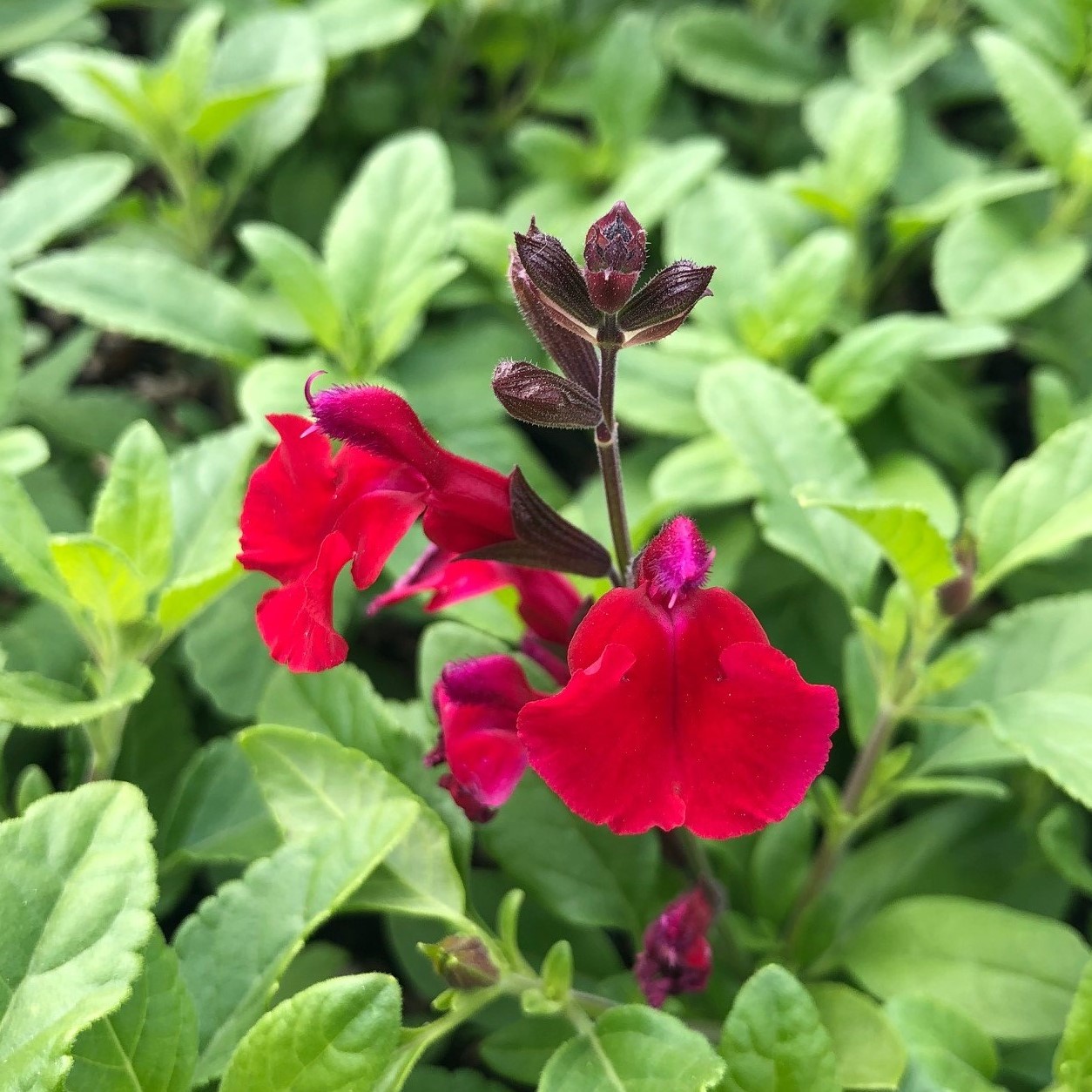

Bloom time is spring into fall for this petite Salvia greggii native to the American Southwest and Mexico. Autumn Sage may be pruned heavily in August and again in late winter in order to maintain an attractive, mounded shape. (Salmon Autumn Sage) Creamy salmon-colored flowers with white throats make this elegant Autumn Sage perfect for a pastel garden or as a cooling color in a mixed sage border. The dead-heading of spent flowers encourages more blooms. In fact, fertilizer can quickly kill this plant.
#Autumn sage full#
Once established, Autumn Sage thrives with very little care, especially when planted in well-draining soil and located where it will receive full sun.Īutumn Sage does not require fertilizer. Salvia greggii is native to Southwest Texas and into the Chihuahuan Desert of Mexico. This perennial is hardy in Zones 7 to 9, although some varieties like ‘Wild Thing’ boast hardiness to Zone 6. Its compounds accelerate insulin production. Known botanically as Salvia greggii, autumn sage goes by several common names among gardeners, including cherry sage, Gregg’s sage and Texas sage.

But a cup of sage it is also recommended for patients with diabetes. Which make it great for disinfection and inflammations. For example, it has compounds with antiseptic properties. Autumn sage, known botanically as Salvia. Clear away all of the cuttings to make room for spring growth to emerge. Shear the plant to just 4 inches above the crown during the winter pruning session. A new plant may also be grown from cuttings dipped in rooting hormone, planted in moist growing medium, and planted after new roots have developed. It has important properties, that make it a powerful healer. Prune your autumn sage twice a year in the late winter after all flowering has ceased and again in August to keep the plant more compact in size. The plant can be propagated from seeds, which may be taken from the dried seed pods after the flowers fade. Because Autumn Sage needs little water, it is best to keep it away from automatic sprinklers. This plant thrives in dry, rocky, well-drained soil and prefers full sun.

Most importantly, Autumn Sage will not tolerate wet clay soil. Autumn Sage is perennial in zones 7-9, and blooms non-stop from early spring through fall. The flowers are edible, and the leaves have a mint-like aroma and have been used as a flavoring for tea. Despite its common name, Autumn Sage flowers from spring through autumn. Autumn Sage is native to Texas and Mexico. Autumn Sage is the common name for Salvia greggii. This lovely plant is quite easy to grow and thrives in garden borders, xeriscapes, rain gardens, or containers. Autumn Sage is a small, fragrant, mounding shrub with long-blooming red, pink, orange, salmon, or white flowers followed by small, nut-like seeds.


 0 kommentar(er)
0 kommentar(er)
